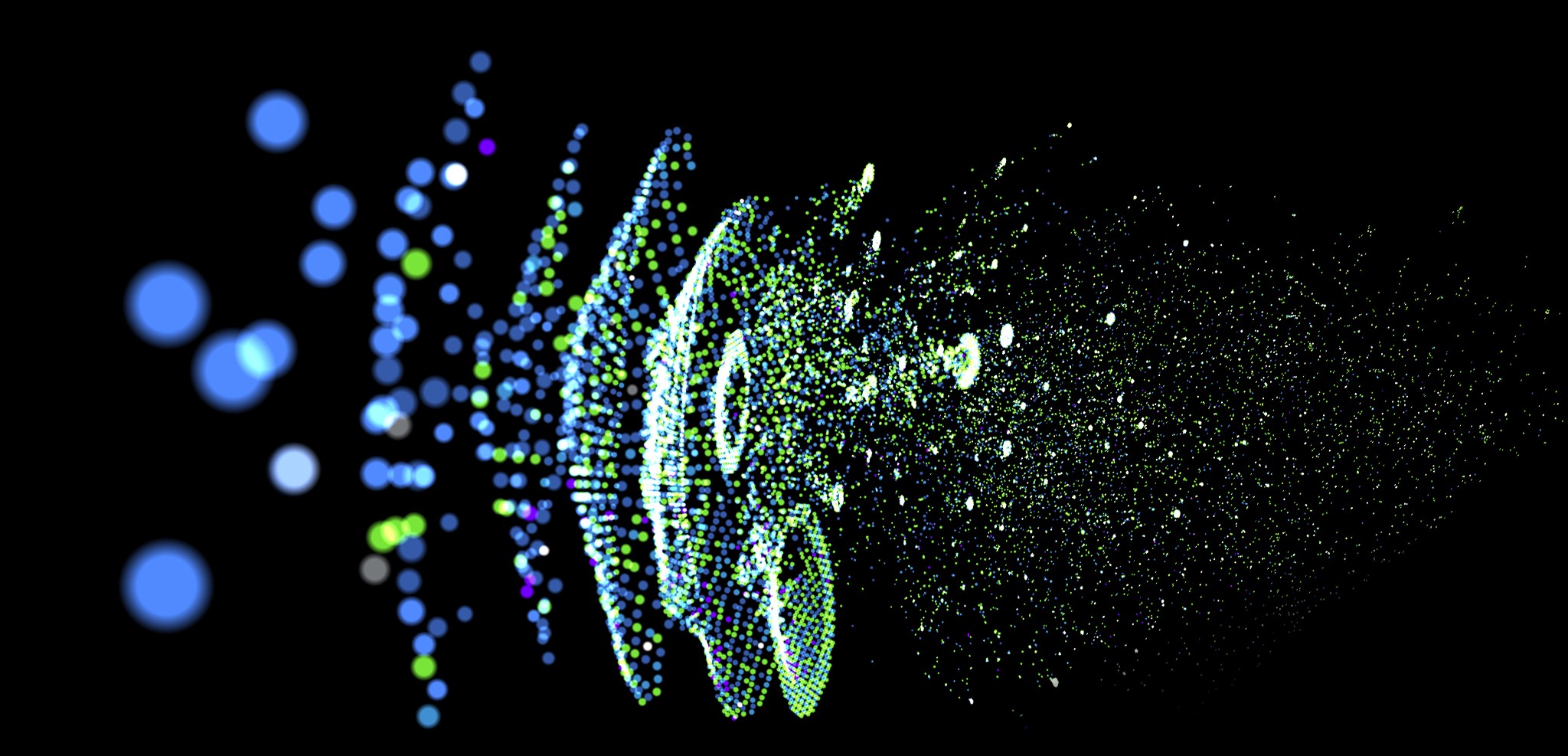
Culture is one of those words we hear and use all the time, often without certainty of what it means. Ask yourself: “what do I mean by culture?” The first answer may be, “well, it depends.”
And it does. It depends if we are talking about a set of national traditions, or an appreciation for the arts; a regional cuisine or stories from a certain time. It depends if we are referring to some shared understanding of an organization or company’s purpose, or the values our family taught us.
But there is so much more to culture. To see it clearly, we must take a much broader view, and define this concept precisely.
Why a general understanding of culture?
Understanding the phenomena of our everyday lives — how they function, how they can help or harm us — is important if we want to make better decisions and take better action. Cultures, as we will define them, are phenomena woven into every aspect and dimension of our lives. Beyond observing or enjoying their artefacts and manifestations — a song, a dish, a dance, a story — , we can know how they function and affect us. For example, an inside joke with your colleagues; it came out of a funny moment, which you all recognized and agreed was significant. Referring to the joke once in awhile serves as a pleasant reminder of your bond as well as the special status of the colleague most closely tied to it. The joke can be deployed when needed, and new ones created, adding to the group’s mirth and cohesion.
Cultures, as we will define them, are phenomena woven into every aspect and dimension of our lives.
Begin with a precise definition
A general understanding of culture requires a very precise, yet abstract definition. Here is an attempt:
A culture is the continuous process— inquiry, engagement, communication, etc… —and emergent outcomes—artefacts, knowledge, narratives, etc… —of people collaborating to figure out and tacitly understand the world, and communicating what they come up with.
Put more simply, culture is the frame, the enabler and the product of communication.
For instance, the language of this article. English is a set of many words, rules, images and metaphors refined by people over centuries, which we’ve learnt to use to communicate. This is the frame. In this particular text, we use these as the enablers, the tools, to compose a view and convey a concept. With some luck, we may have a product: a new shared conceptual understanding emerges and propagates.
Or, consider a currently popular TV show which you and many different people you know enjoy following. A medieval-ish setting frames the story. This taps some historical knowledge you already share, and enables an epic tale of people struggling for justice. The characters deliver memorable lines, which you start to notice all around you: in everyday banter, advertising or even the news of the day. You may draw inspiration to improve your teamwork, or learn how to identify a shady character.
We are surrounded, permeated by hundreds of cultures in our everyday lives.
We are surrounded, permeated by hundreds of cultures in our everyday lives. We have a culture for every relationship we are in: with our parents, our childhood friends, our high school pals, our neighbours, our city, our country. We have cultures formed by the languages we speak, the types of TV shows and movies we watch, the books we read, or don’t. The foods we eat, slow-cooked in histories of people figuring out how to enjoy surviving on what they could find around themselves. Some cultures are spicy and pungent, others are mild and bland.
There are professional cultures, borne out of education and experience — ours and everyone who’s done what we do, before us and around us. Tools, best practices, models and processes are the cultural artefacts created by these colleagues.
“That’s a very broad definition! Lots of things can match that. How is it useful if so many things identify as cultures?” Our definition is precise not to match only very few results, but to match many useful results. The precision lies in a pattern with very specific attributes, behaviors, and properties. We can engage the results with tools like analogies, parallels, metaphors. This is useful for sense-making: figuring-out and trying-on whole new perspectives. The approach in general is an engine for creative progress and conscious innovation.
If you are a surfer, a skateboard presents an immediately familiar approach: surf along sideways for a stretch. Trying it you discover the new possibilities this somewhat-different-yet-similar thing proposes: push along without needing a wave… kick the tail to jump over things…
As a collector of books, you become lost in your ebook collection. Where are your shelves, your stacks, your piles? Are there any solutions to this problem yet?

A lot of culture, a lot of potential
Through such a wide-angle lens we begin also to see how such overlapping fields of cultures bracket and guide our lives, predisposing us in our thoughts and behaviors. As individuals, communities, organizations and societies, we can keep them in view, always questioning and updating for the current reality. Knowing that most if not all social interactions are governed by cultural forces helps us take them in hand. Ultimately, such an awareness of cultures affords us clearer insight and control of how we live our lives, individually and as a group.
Ultimately, such an awareness of cultures affords us clearer insight and control of how we live our lives, individually and as a group.
We might love the work we do, but feel trapped contributing to a cynical, predatory consumer-based system. But where can we go? We might consider a shift from tech to media, from a corporation to an NGO or a cooperative, or move from our capitalist country to a somewhat more socially responsible one.
In German, there is only one word for freedom: “Freiheit.” In French also; they say “liberté.” Why do we in English have both “freedom” and “liberty”? Do they mean slightly different things? Perhaps they do, and knowing that might change our understanding of current politics.
Culture emerges within contexts
Almost anything, even culture itself, can be a context for communication, and thus further culture: a style of music or the works of an artist; the words of a charismatic person; a sport or an activity; the weather and politics; a need or a desire we pursue.
Any engagement with something in the world which causes people to communicate and collaborate, for whatever reason, is a context. When we communicate, we use our cultures. We add to them, grow them; we review parts of existing knowledge, and negotiate new understandings. A meeting, a chat over coffee, a workshop; a weekend excursion with family, or breakfast banter: these are examples of everyday contexts where cultures live.
Creating contexts where people can communicate — try to understand each other and figure a something out together — is a powerful way to grow a progressive and innovative culture. Besides, the more uncertain or unclear that something is the more diverse points of view — histories, experiences, theories, knowledge, etc… — are a boon.
This is why leadership teams of successful organizations are composed of people with different professional backgrounds: business, engineering, science, law… multiplied by the unique perspectives of people of varied genders, ethnicities, and not commonly included professions, such as design or liberal arts. Progressive governments seek out such diversity as well, to leverage for their community’s benefit the broad spread of experience and insights which come with it.
Go with the flow
Culture is not just a few things you carry with you. It is the ebb and flow of hundreds of currents by which your every view of the world is shaped, through which your every interaction with the world is guided as well as the shared human superpower to work together towards common goals.
As you go on with your day, ask yourself how many cultures are you part of? How do they mesh together and coalesce as part of you? How do you see the world and behave in it? Where do they come from and who do you share them with? Can you think of moments where another’s cultures and yours had difficulty finding common ground? Why? Can you see some cultures you may share? Perhaps that common ground is closer now?
It means we all need to respect/fight for equality tout court, because we are all bound by and composed of hundreds of cultures, many of which we may not even be conscious we share. Individuality is simply the particular—and to some degree unique—amalgamation of cultures you represent from your journey through the world, and of course what you have done, are doing and will do with that amalgam.
And that is great, except you would be and are nothing without all those cultures… We need, as individuals, to not only understand that, but accept it: diversity is what gives individuals strength, and respecting diversity means fostering community, collectiveness, society…
Viewing cultures this way begins the process of being able to more clearly identify them, and see the relationships between it all. (I think of it in terms of fields and threads of coloured light (hence the appropriate graphic :)
Some recommended reading
“Beyond Culture” by Edward T. Hall
A compendium of Edward T. Hall’s groud-breaking contributions to social & cultural anthropology.
“The Tacit Dimension” by Michael Polanyi
An adjacent yet related path through the nature of undeclared shared knowledge.
“The Knowledge-Creating Company” by Ikujiro Nonaka
A classic HBR article about creating possibility with cultural artefacts within organizations.
